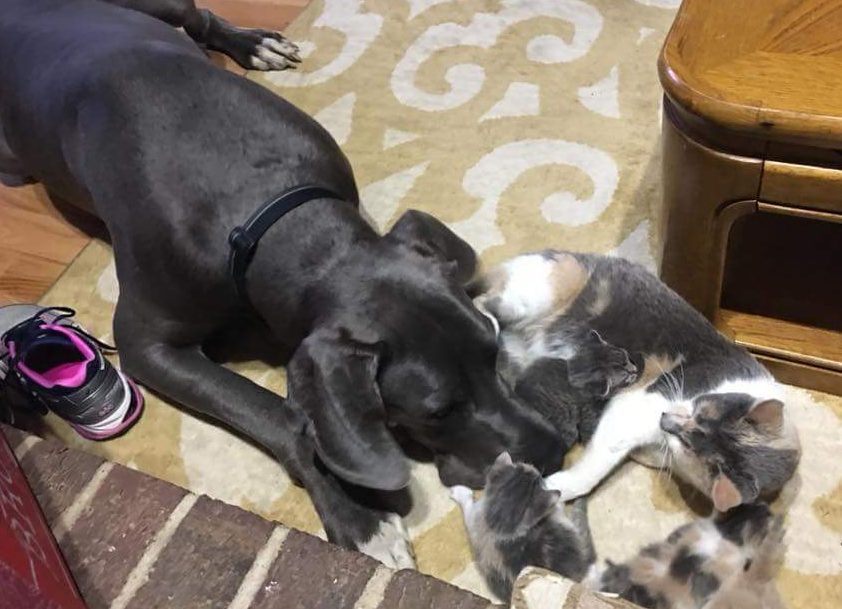
Remi’s Rebarks – 5 Ways to Connect with Customers and Increase Sales
November 15, 2020
Remi’s Rebarks – Avoid These Customer Turn-Offs
November 15, 2020Remi’s Rebarks – Why “No” is a Good Thing

Dogs understand more of the human language than you think. We have favorite words, like treat, walk, belly rub and, of course, bacon. And then there are words that rank low on the list, such as “no.” This word usually gets shouted just when things are starting to get interesting – like when I’ve found the perfect box to tear up or a steak is within swiping distance on the counter. “No” can be such a downer.
However, I recently learned that “no” can also be a good thing, especially in the realm of sales.
Apparently, some customers tend to lead us on. (I knew a poodle who liked to do that, too.) They feign interest in your products or services and use phrases such as “I’ll think it over,” and then never get back to you. After a while, you follow up with them, offering to provide more information or clarification, and they respond with “Let me discuss it with my team.” This back-and-forth process may continue for months.
Of course, we’d prefer customers to just say “yes,” but it’s far better to get a “no thanks” than simply leading us on. “I’ll think it over” really leaves no way forward and simply delays the inevitable. Wouldn’t you rather be able to focus your efforts elsewhere?
Likewise, “unsubscribes” are a gift. By letting you know they are not interested in receiving content from you, the folks who unsubscribe are not wasting your efforts, allowing you to concentrate on an audience that finds your content valuable.
Giving your customers the opportunity to say “no” is part of the Sandler sales methodology, which teaches sales reps to be less like the stereotypical pushy salesperson and more like a trusted advisor.
The key difference of the Sandler approach comes down to the qualification process. While “typical” salespeople spend their time convincing a buyer to make a purchase, the Sandler approach, when done right, makes it appear that the buyer is convincing the seller to sell. Pretty neat, huh?
With this approach, instead of giving a sales presentation the seller engages in a discovery process designed to convince the buyer that he or she has specific needs and convince the seller that filling those needs is a high priority, not only for the company but for the prospective clients themselves. It’s the seller’s job to facilitate an in-depth discussion about the issues and get the prospect to quantify the business-financial impact of those issues. Until those two things occur, there is no point talking about price or next steps.
“There needs to be a mutual level of commitment, otherwise you are wasting time, energy and resources on a process that will eventually go nowhere,” noted Erik Meier, CEO, EAM, and President of Sandler Training. “If the buyer doesn’t convince you (the seller) that finding a solution to the problem isn’t a high priority, then there’s no point in pushing for next steps. Accept the “no” and move on. Focus your energies on a prospect that has a better chance of converting.”
Content marketing can assist you in this process. When prospects engage in your content they are indicating an interest in your products or services. By tracking which types of content they prefer and how much they consume, you can gauge their level of interest. Tracking this information can also help you nurture prospects through the buyers’ journey by providing the right content along the way.
As a dog, I personally find “maybes” confusing. Am I allowed to take steaks off the counter or not? Having clear direction lets me focus on finding treats in other, more acceptable places.
So, getting a “no” can be a good thing. It doesn’t mean that you, your company, your service or your products aren’t good. It simply means the buyer is not ready to solve the problem or doesn’t see you as the optimal solution. (Similarly, when my humans tell me “no,” it doesn’t mean I’m a bad dog – I just need to be refocused. What’s more, they might be saving me from myself.)
Stop being afraid of hearing “no,” and start thinking of it as an opportunity to grow your business with customers that actually need your products and services. In fact, going to each prospect and getting that “no” frees you up to find more customers who will say “yes!”
Speaking of yes, can we get back to treats, belly rubs, and bacon?
“The 100,000 View of a Sandler Sales Rep,” by Brendan Cournoyer, Overview.
“10 Essential Selling Principles Most Salespeople Get Wrong,” by Kathy Caprino, Forbes.



